Home>Garden Essentials>When To Plant Borage Seeds
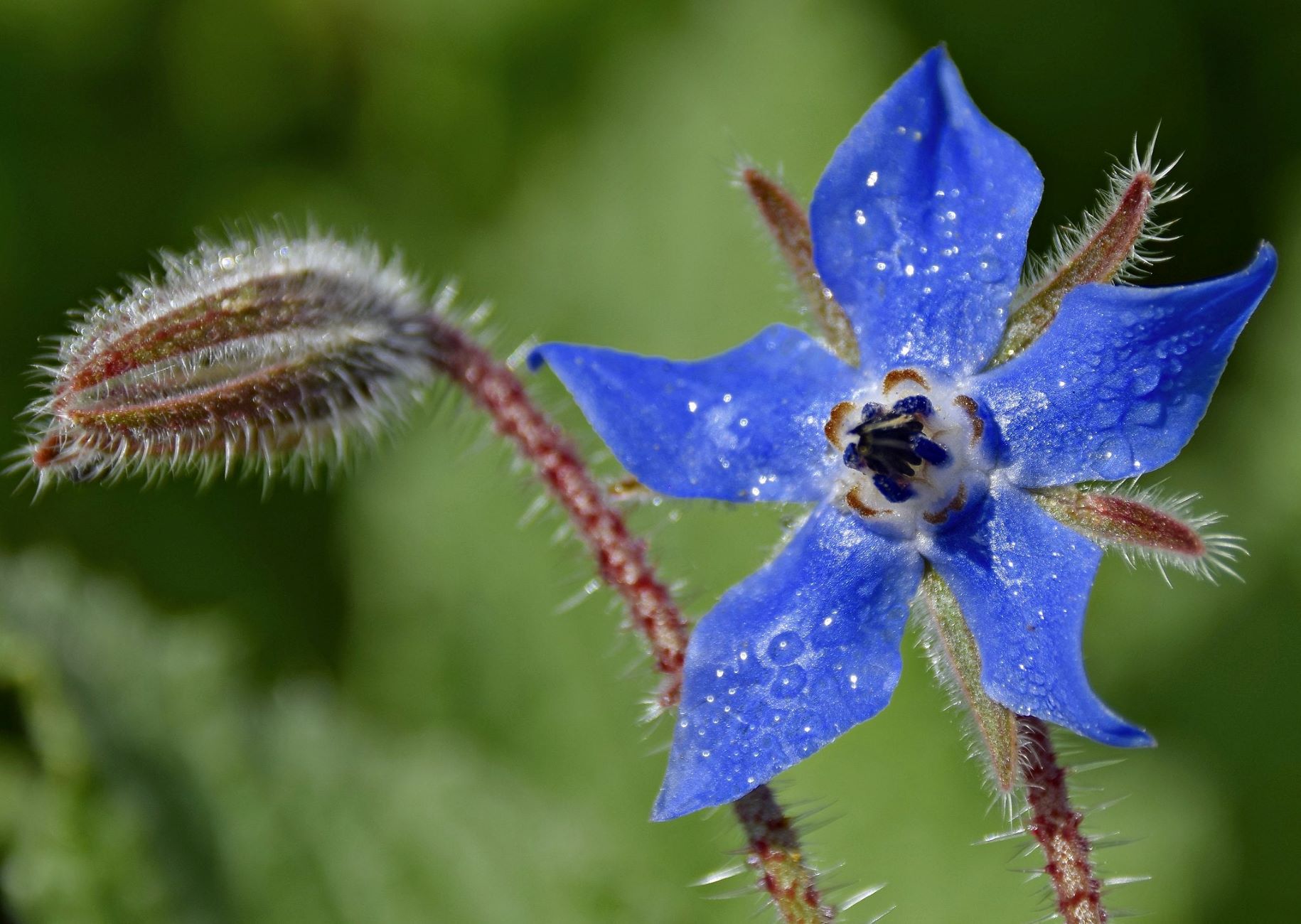

Garden Essentials
When To Plant Borage Seeds
Modified: March 16, 2024
Discover the best time to plant borage seeds in your garden for a vibrant and thriving plant. Experience the joys of growing borage in your own backyard.
(Many of the links in this article redirect to a specific reviewed product. Your purchase of these products through affiliate links helps to generate commission for Storables.com, at no extra cost. Learn more)
Introduction
Welcome to the world of gardening, where nature’s beauty can be nurtured right in your backyard. If you’re an aspiring gardener looking to add some color and variety to your garden, then borage is the plant for you. Borage, scientifically known as Borago officinalis, is a delightful herb that not only adds aesthetic appeal to your garden but also brings numerous benefits to your health and the environment.
In this article, you will learn when to plant borage seeds to ensure a successful growing season. We will discuss the ideal time for planting, how to prepare the soil, sowing techniques, watering and care tips, as well as harvesting and various uses for this versatile herb.
Borage is a hardy annual herb that produces vibrant blue flowers and boasts a delicate cucumber-like flavor. It is not only a favorite among garden enthusiasts but also a magnet for pollinators, making it an excellent addition to any garden that aims to support local bee populations.
Now, let’s dive into the details of when and how to plant borage seeds to maximize their growth potential.
Key Takeaways:
- Plant borage seeds in spring for best results. Prepare sunny, well-drained soil and water regularly. Enjoy the vibrant blue flowers and cucumber-like flavor in your garden and culinary creations.
- Harvest borage leaves and flowers for culinary use. Enjoy their mild cucumber flavor in salads, soups, and drinks. Preserve for future use and support local bee populations.
Read more: How Long For Borage To Germinate
Choosing the right time
Choosing the right time to plant borage seeds is crucial to ensure optimal growth and yield. Borage is a warm-weather herb that thrives in full sun, so it’s important to consider the climate and temperature of your region before sowing the seeds.
The ideal time to plant borage seeds is in the spring, once the soil has warmed up and the risk of frost has passed. In most regions, this will be around mid to late spring, when the average daily temperature reaches around 60°F (15°C).
It’s important to note that borage is not a fan of cold temperatures, so sowing the seeds too early in the season can result in poor germination or stunted growth. On the other hand, planting them too late in the season may result in a shorter growing period and fewer blooms.
If you live in a region with a short growing season, you can jumpstart the process by starting the seeds indoors about 4-6 weeks before the last expected frost date. This will give the seedlings a head start and allow you to transplant them outdoors once the weather warms up.
Keep in mind that borage is a self-seeding plant, meaning it has a tendency to drop seeds and come back year after year. If you let a few plants go to seed, you’ll likely find new seedlings sprouting up in the following seasons, making it even easier to enjoy this lovely herb.
Now that you know when the best time to plant borage seeds is, let’s move on to preparing the soil.
Preparing the soil
Preparing the soil is an essential step in ensuring the healthy growth of borage plants. Luckily, borage is not particularly demanding when it comes to soil conditions, but providing it with a fertile and well-draining soil will greatly benefit its overall development.
Here are some steps to prepare the soil for planting borage seeds:
- Choose a location: Borage prefers full sun but can tolerate partial shade. Select a spot in your garden that receives at least 6-8 hours of direct sunlight each day.
- Clear the area: Remove any weeds, rocks, or debris from the planting area. Borage is a vigorous grower, so it’s important to give it room to thrive without competing with other unwanted plants.
- Loosen the soil: Use a garden fork or tiller to loosen the soil to a depth of about 6-8 inches. This will promote proper root development and allow for better water and nutrient absorption.
- Amend the soil: Borage prefers a slightly alkaline soil with a pH range of 6.0-7.0. If necessary, adjust the soil pH by adding lime to raise it or sulfur to lower it. Incorporate organic matter, such as compost or well-rotted manure, into the soil to improve its fertility.
- Level and rake the soil: Smooth out the soil surface and remove any large clumps or stones. Raking the soil will create a fine, crumbly texture, which is ideal for seed planting.
By following these steps, you will create the perfect foundation for your borage plants to thrive. Now let’s move on to the next step, which is sowing the borage seeds.
Sowing the seeds
Sowing borage seeds is a relatively straightforward process that can be done directly in the garden or started indoors and later transplanted. Here’s how to do it:
- Choose the planting method: You have two options when it comes to sowing borage seeds – direct sowing or starting indoors. Direct sowing is recommended for regions with longer growing seasons, while starting indoors is suitable for areas with shorter growing seasons.
- Direct sowing: If you decide to sow the seeds directly in the garden, wait until the soil temperature reaches around 60°F (15°C) in spring. Make sure all risk of frost has passed. Prepare the soil as mentioned earlier and create shallow furrows about 1/4-inch (6mm) deep and 12-18 inches (30-45cm) apart.
- Indoor starting: If you choose to start the seeds indoors, begin about 4-6 weeks before the last expected frost date in your region. Fill seed trays or pots with well-draining seed starting mix. Sow the seeds about 1/4-inch (6mm) deep and lightly cover them with the soil. Keep the soil moist and place the trays in a warm location or use a heat mat to encourage germination. Once the seedlings have developed a few sets of true leaves, they are ready to be transplanted.
- Transplanting: If you started the seeds indoors, wait until all risk of frost has passed and the seedlings have grown to a height of about 3-4 inches (7-10cm). Transplant them into the prepared garden beds, spacing them about 12-18 inches (30-45cm) apart.
- Watering: After sowing the seeds or transplanting the seedlings, give them a gentle watering to settle the soil and ensure good seed-to-soil contact. Throughout the growing season, borage plants require regular watering, especially during dry spells.
Borage seeds typically germinate within 10-14 days under optimal conditions. Once the seedlings have established, you can expect them to grow rapidly and start producing flowers in a few months.
Now that you know how to sow borage seeds, let’s move on to watering and caring for your borage plants.
Plant borage seeds in the spring after the last frost date. Borage prefers full sun and well-drained soil. Sow seeds directly into the ground or in a container. Keep the soil consistently moist for best results.
Watering and care
Proper watering and care are essential to ensure the healthy growth and development of borage plants. While borage is a relatively low-maintenance herb, it still requires attention to thrive. Here are some tips to keep your borage plants happy:
- Watering: Borage plants appreciate regular watering, especially during dry spells. Aim to keep the soil evenly moist but not waterlogged. Allow the top inch of soil to dry out slightly between waterings to prevent root rot. Avoid overhead watering to minimize the risk of foliar diseases. Instead, use a soaker hose or water at the base of the plants.
- Fertilization: Borage generally does not require heavy fertilization. However, you can apply a balanced, organic fertilizer once or twice during the growing season to provide additional nutrients. Be sure to follow the manufacturer’s instructions for proper application.
- Weeding: Regularly remove any weeds that grow near your borage plants to prevent them from competing for nutrients and sunlight. Mulching around the base of the plants can help suppress weed growth and conserve soil moisture.
- Support: As borage plants grow, they may become top-heavy and benefit from some support. Consider using stakes or cages to provide stability and prevent bending or breaking of the stems.
- Pests and diseases: Borage is relatively resistant to pests and diseases. However, keep an eye out for common garden pests such as aphids, slugs, and caterpillars. Handpick any pests you spot or use organic pest control methods if necessary.
- Deadheading: To encourage continuous blooming, remove faded flowers by pinching them off. This will redirect the plant’s energy into producing more blooms rather than setting seeds.
With regular watering and minimal care, your borage plants will flourish and reward you with beautiful blue flowers throughout the growing season.
Now let’s move on to the exciting part – harvesting and the various uses of borage.
Read more: When To Plant Seeds For Garden
Harvesting and uses
Once your borage plants have grown and matured, it’s time to reap the rewards of your gardening efforts. Here’s how to harvest borage and make the most of this versatile herb:
- Harvesting the leaves: Borage leaves can be harvested at any time during the growing season. Simply snip off individual leaves or cut entire stems close to the base of the plant. Harvesting leaves in the morning when they are at their freshest will ensure the best flavor and aroma.
- Using the leaves: Borage leaves have a mild cucumber-like flavor and can be used in various culinary creations. They can be added to salads, soups, stews, or infused in water or tea for a refreshing herbal beverage. The leaves can also be used as a garnish for drinks or desserts.
- Harvesting the flowers: The vibrant blue flowers of borage are not only visually appealing but also edible. Harvest the flowers when they are fully open and in their prime. Snip the flowers at the base of the stem to keep them intact.
- Using the flowers: Borage flowers are often used as an attractive edible garnish in salads, desserts, or summer drinks. They can be frozen in ice cubes or crystallized with sugar for an added touch of elegance. Besides their decorative use, borage flowers can also be used to make herbal syrups or infused in oil for various beauty and skincare products.
- Preserving borage: If you have an abundance of borage leaves and flowers, you can preserve them for future use. Dry the leaves by hanging them in a cool, dry place or use a food dehydrator. Store dried leaves and flowers in airtight containers away from sunlight. Alternatively, you can freeze borage leaves in ice cube trays with water or oil for convenient use.
Borage is not only a delightful addition to your culinary creations but also offers numerous health benefits. It is rich in essential fatty acids, vitamin C, and minerals, making it a nutritious herb to incorporate into your diet.
As you harvest and enjoy your borage plant, remember to leave some flowers to go to seed. Borage is an excellent self-seeder and will ensure a continuous supply of plants in the following growing seasons.
Now that you know how to harvest and utilize borage, let’s conclude our journey through the world of gardening with this versatile herb.
Conclusion
Congratulations on your journey through the world of borage gardening! By now, you have learned when to plant borage seeds, how to prepare the soil, sow the seeds, and care for your plants. You also discovered the joy of harvesting and the various uses of borage in culinary creations, beverages, and even skincare products.
Borage, with its vibrant blue flowers and delightful flavor, not only adds beauty to your garden but also provides numerous benefits. Its ability to attract pollinators makes it a valuable asset to support local bee populations and promote biodiversity in your garden.
Remember, choosing the right time to plant borage seeds is crucial for success. Whether you sow the seeds directly in the garden or start them indoors, ensuring the soil is well-prepared and providing adequate water and care will contribute to strong and healthy borage plants.
As you incorporate borage into your garden and culinary adventures, don’t forget to embrace the self-seeding nature of this herb. By allowing a few plants to go to seed, you can enjoy the pleasure of watching new seedlings sprout in the following growing seasons, ensuring a continuous supply of borage in your garden.
So, go ahead and add this versatile herb to your garden. Explore the wonders of borage in your recipes, enjoy its refreshing flavor, and reap the health benefits it offers. With proper care and attention, your borage plants will flourish, adding vibrancy and joy to your garden.
Happy gardening and happy borage growing!
Frequently Asked Questions about When To Plant Borage Seeds
Was this page helpful?
At Storables.com, we guarantee accurate and reliable information. Our content, validated by Expert Board Contributors, is crafted following stringent Editorial Policies. We're committed to providing you with well-researched, expert-backed insights for all your informational needs.









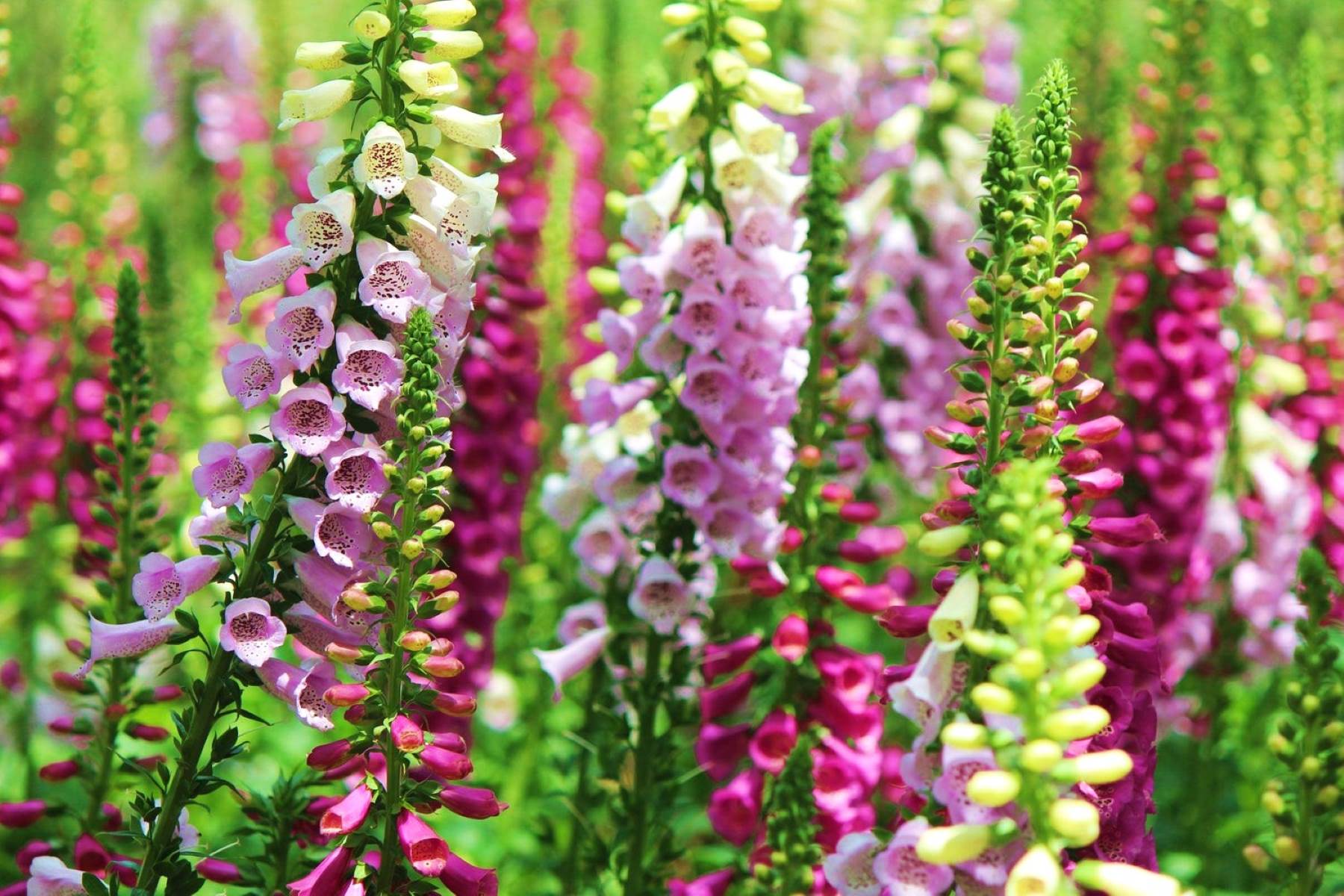
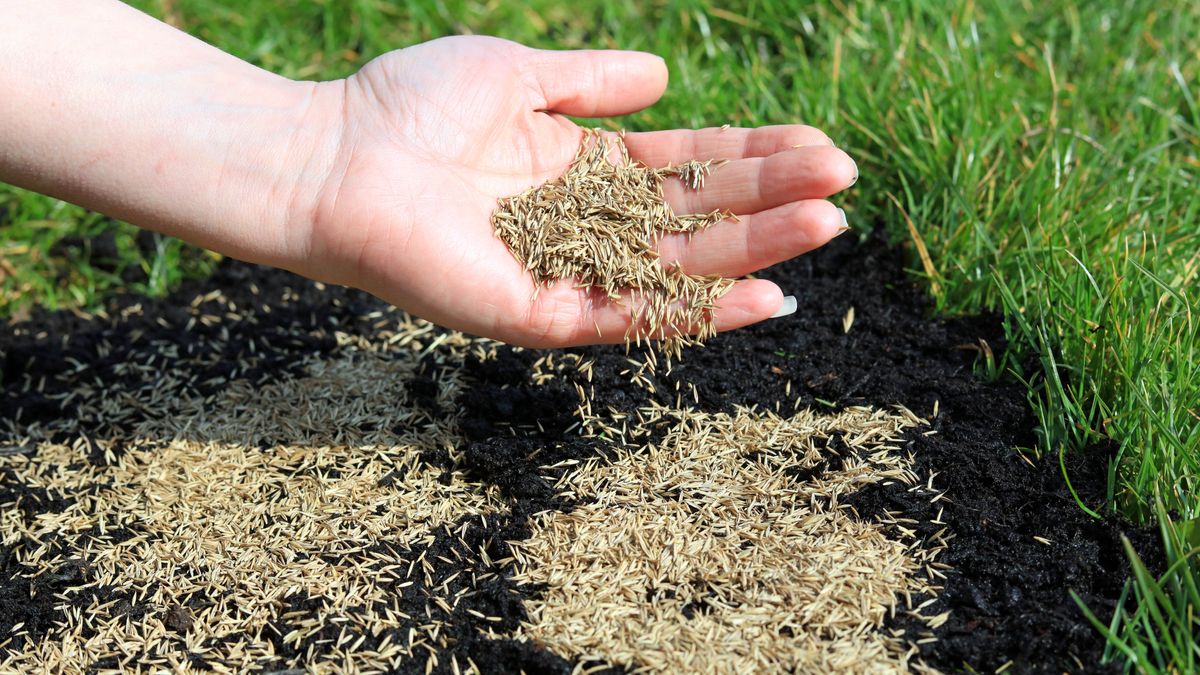
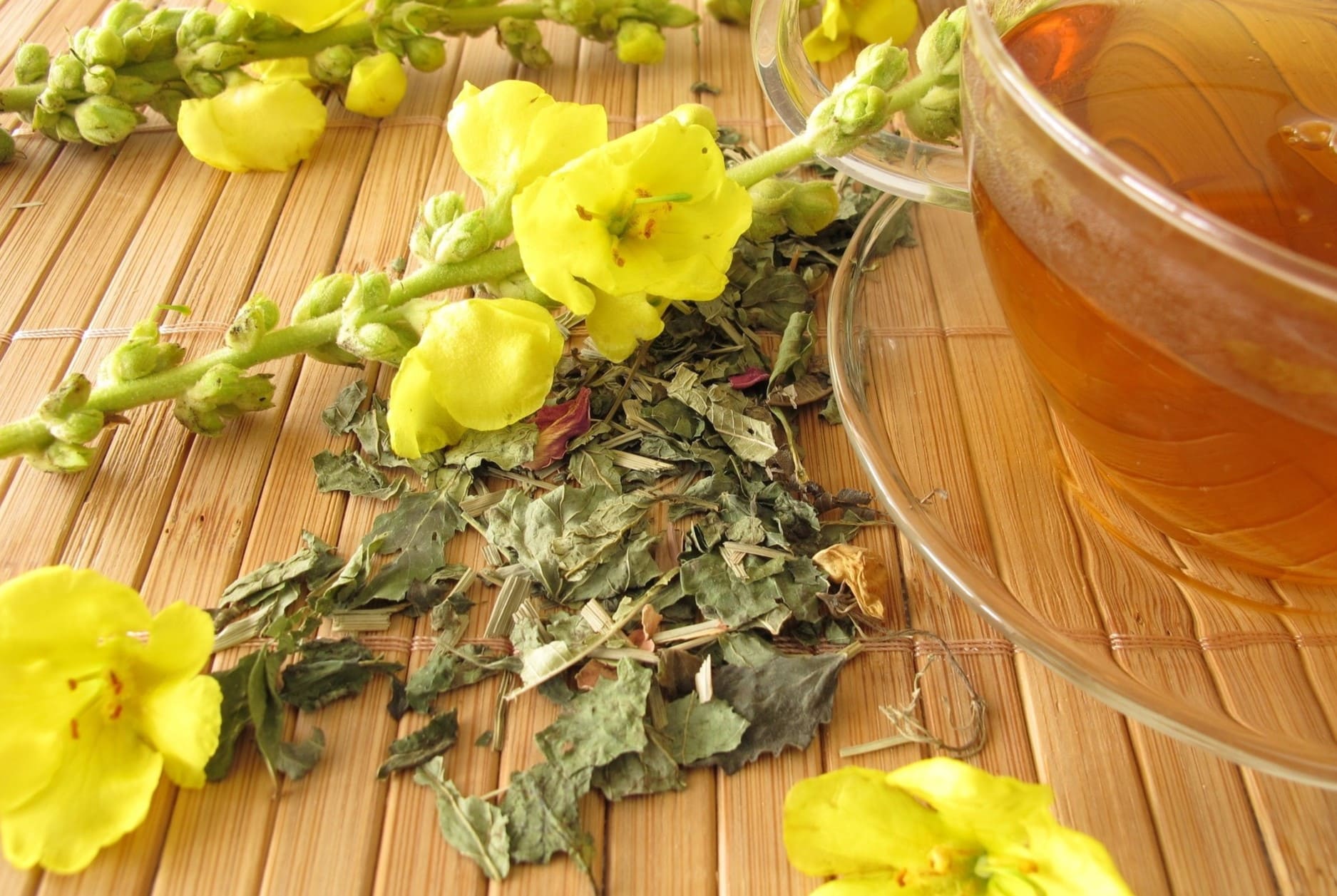
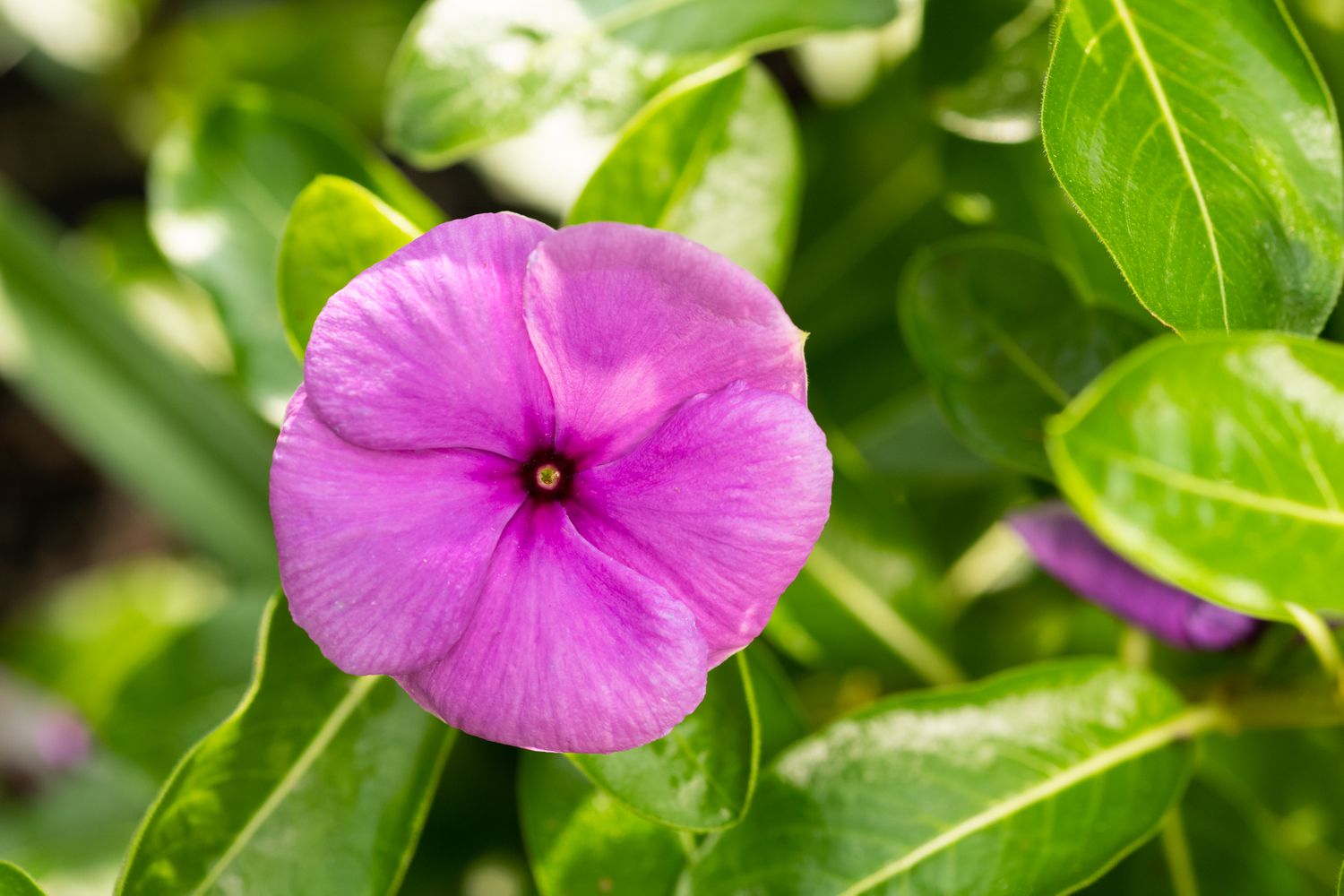
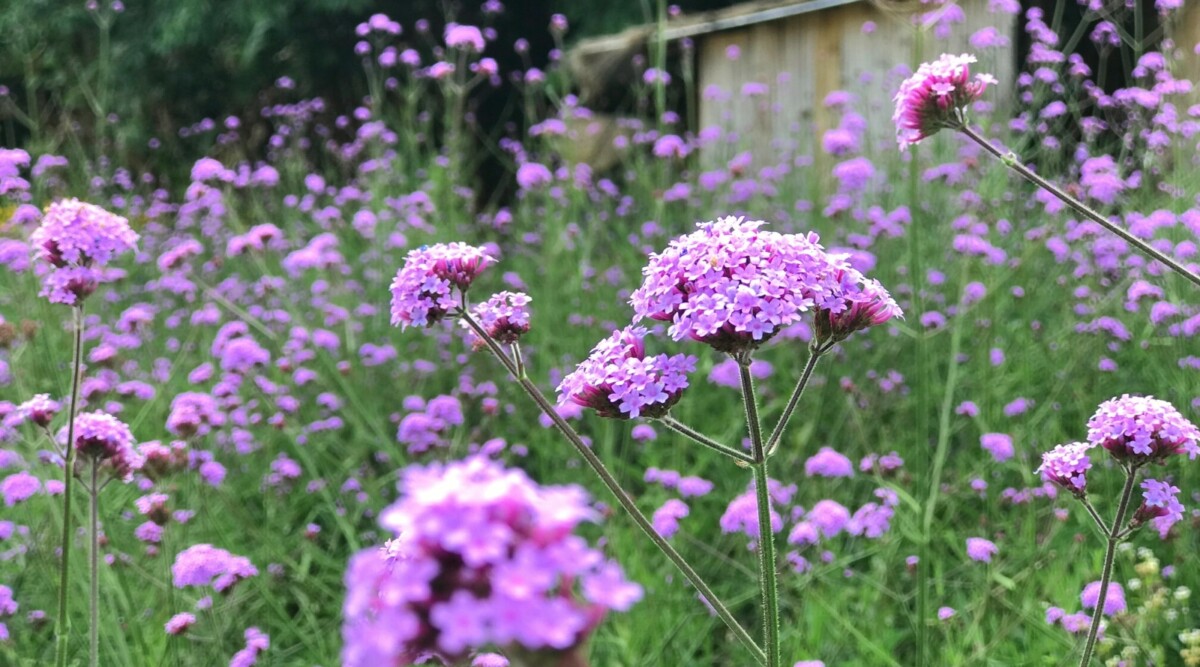

0 thoughts on “When To Plant Borage Seeds”